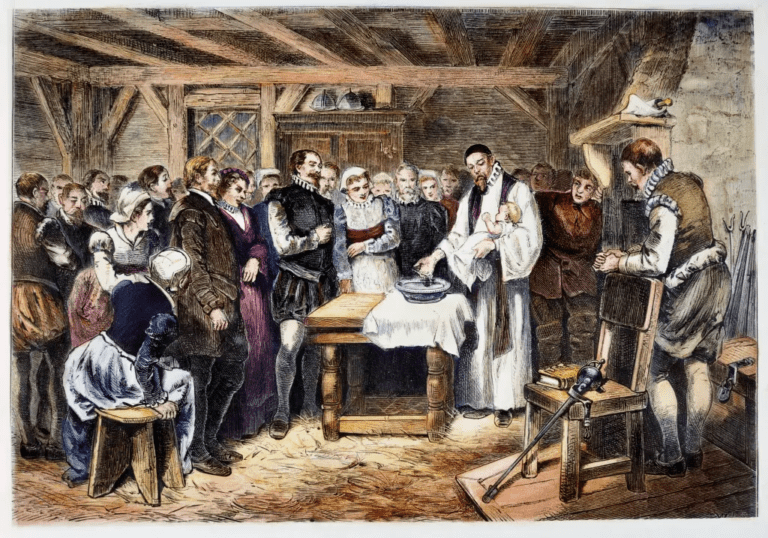The Forgotten Life of Joyce Carol Vincent: A Tragic Tale of Urban Isolation

In an eerily silent apartment in London, the skeletal remains of Joyce Carol Vincent were discovered, three years after her passing. Despite living in a densely populated city, surrounded by neighbors, her death went unnoticed. The television in her flat continued to play, providing a grim reminder of her lonely end and the haunting silence that followed. This tragic story highlights the profound isolation that can exist even in the busiest of cities.
Joyce Carol Vincent: A Life Shrouded in Mystery
Born in Hammersmith in October 1965, Joyce Carol Vincent grew up with the promise of a bright future. Her early life showed no signs of the isolation that would later define her end. She was known to be vibrant, intelligent, and charming, with a life full of potential. Joyce worked for reputable companies, including Ernst & Young, and had relationships that seemed fulfilling.

Despite these outward appearances, Joyce’s life took a dark turn. By the time she was in her late 30s, she had become increasingly isolated. Her decision to leave her job in 2001 marked the beginning of a downward spiral, though the reasons behind her withdrawal remain unclear.
A Lonely Death in a Bustling City
In 2003, Joyce passed away in her flat in North London. Her death, believed to be from natural causes, went unnoticed for three years. It wasn’t until January 2006 that her decomposed body was discovered by officials sent to repossess her apartment due to unpaid rent. The scene they encountered was haunting: a skeleton lying on the sofa, the television still on, unopened mail by the door, and wrapped Christmas presents indicating she died around the holiday season.
Unanswered Questions and Social Reflections
The discovery of Joyce’s body raises unsettling questions about societal disconnection. How could someone die in a bustling city without anyone noticing for three years? How did her friends, family, and neighbors fail to raise the alarm? These questions highlight the importance of community, connection, and the devastating effects of isolation.
On social media platforms like Reddit, Joyce’s story has sparked widespread reflection. One user shared, “Stories like this made me reevaluate myself. I make it a point now to check in with friends and family regularly.” Others have echoed similar sentiments, discussing their own experiences of feeling isolated and the importance of reaching out.

A Documentary to Unravel the Mystery
Filmmaker Carol Morley sought to understand Joyce’s life and death in the 2011 documentary Dreams of a Life. Through interviews with Joyce’s friends, former colleagues, and acquaintances, Morley pieced together a fragmented narrative. Those who knew Joyce described her as beautiful, intelligent, and sociable, yet none could explain her withdrawal and eventual isolation.
The documentary reveals the contrast between Joyce’s public persona and her private struggles. While she was seen as successful and outgoing, the reality was that she had become disconnected from those around her. This duality is a common theme in stories of urban isolation, where external appearances often mask internal turmoil.
The Hidden Epidemic of Urban Isolation
Joyce’s story is not an isolated incident. In modern urban environments, it is all too easy for individuals to become disconnected from their communities. Factors such as transient lifestyles, digital communication replacing face-to-face interactions, and the fast pace of city life contribute to a growing epidemic of isolation.

Research has shown that social isolation can have severe consequences on mental and physical health. It is linked to increased risks of depression, anxiety, and even premature death. The tragic case of Joyce Carol Vincent serves as a stark reminder of the human cost of social isolation and the importance of fostering community connections.
Personal Reflections and Societal Responsibility
Many who have heard Joyce’s story have taken it as a wake-up call to be more vigilant about the well-being of those around them. On social media, users have shared their own stories of isolation and the impact it has had on their lives. Some have described how Joyce’s story has inspired them to reconnect with estranged friends and family.
One Twitter user wrote, “I was moved by Joyce’s story. It made me realize how easy it is to lose touch with people and how important it is to stay connected.” Another shared, “After hearing about Joyce, I started checking in with my elderly neighbors more often. It’s a small gesture, but it could make a big difference.”
Addressing Isolation: Steps for Individuals and Communities
Combatting isolation requires a collective effort. Here are some steps individuals and communities can take to prevent such tragedies:
- Stay Connected: Regularly check in with friends, family, and neighbors. A simple phone call or visit can make a significant difference in someone’s life.
- Be Observant: Pay attention to changes in behavior or routines. If someone you know becomes withdrawn or stops attending social events, reach out to them.
- Promote Community Engagement: Participate in or organize community events that encourage interaction and build connections.
- Support Mental Health Initiatives: Advocate for and support programs that address mental health and provide resources for those struggling with isolation.
- Leverage Technology: Use social media and messaging apps to maintain connections, especially with those who may find it challenging to meet in person.
The Role of Media and Storytelling
Media and storytelling play a pivotal role in shining a light on issues that might otherwise remain hidden, such as social isolation and the quiet tragedies it can cause. By telling the story of Joyce Carol Vincent, media outlets and filmmakers like Carol Morley have sparked critical conversations about the societal impacts of loneliness and disconnection. These narratives serve as a mirror, reflecting the vulnerabilities of modern life and prompting individuals to question their own interactions and community ties.
Storytelling has the unique power to evoke empathy and understanding. When audiences engage with real-life stories, they are often moved to take action, whether by reaching out to someone in need or supporting initiatives that combat isolation. Documentaries, news articles, and social media discussions can bring attention to underrepresented issues, encouraging societal change.
Moreover, stories like Joyce’s help dismantle the stigma surrounding loneliness, making it easier for people to seek help and for communities to offer support. By fostering awareness, media and storytelling can be catalysts for building a more connected and compassionate society.
Help and Resources
For those struggling with isolation or mental health issues, help is available. Organizations such as Mental Health America provide resources and support. You can call or text 988 to reach a 24-hour crisis center or visit 988lifeline.org for webchat support. The Crisis Text Line is also available by texting MHA to 741741.
Conclusion: A Legacy of Awareness and Action
The tragic story of Joyce Carol Vincent is a sobering reminder of the impact of social isolation. It underscores the need for vigilance, compassion, and community in preventing such heartbreaking outcomes. By sharing her story and taking proactive steps to connect with others, we can create a society where no one feels so alone that their absence goes unnoticed.
Joyce’s legacy is a call to action—a reminder to value human connection and to reach out to those who may be struggling in silence. Let her story inspire us to build stronger, more connected communities where everyone feels seen, heard, and valued.
Featured Image Credit: FindAGrave.com






